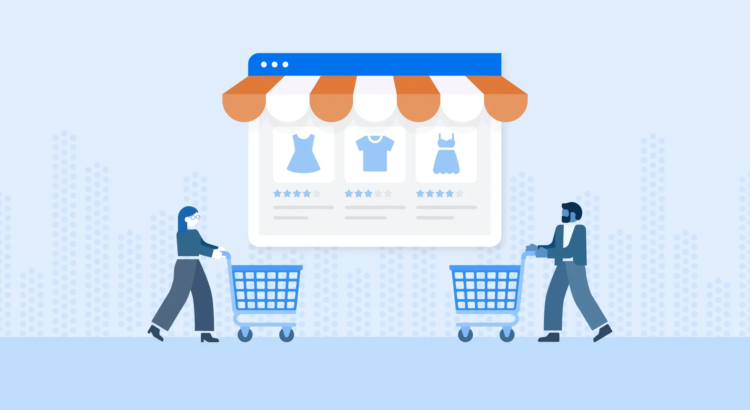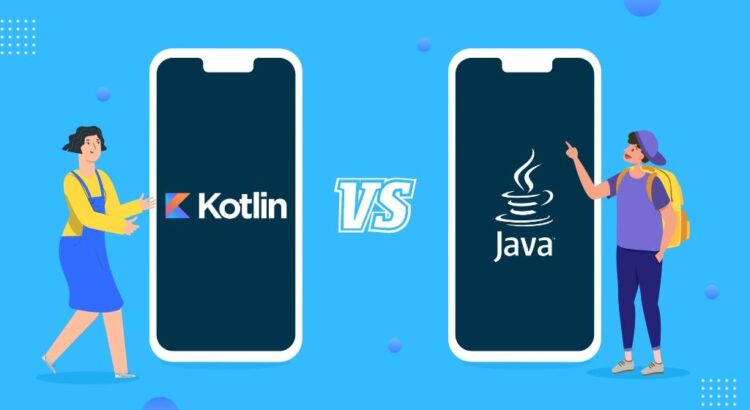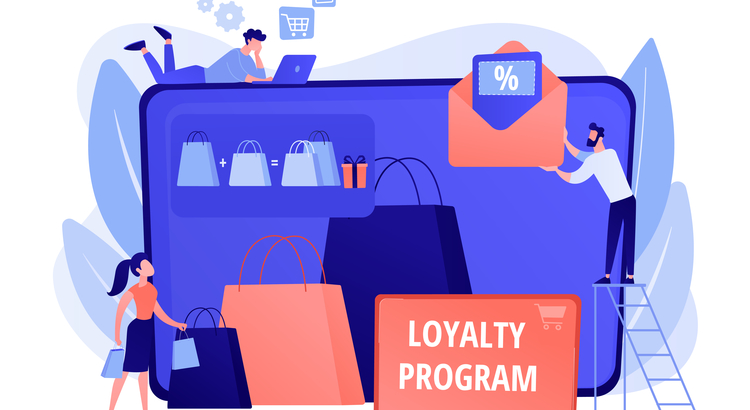In our digitally-driven era, convenience is king. With the rise of on-demand services, food delivery applications have become increasingly popular, offering users the convenience of ordering their favourite meals with just a few taps on their smartphones. If you’re considering developing a food delivery application, you’re entering a competitive but rewarding market. Here’s a step-by-step guide to help you navigate the development process and create a successful food delivery app.
1. Market Research and Planning
Before initiating the development process, it’s crucial to conduct thorough market research to understand your target audience, competitors, and market trends. Identify the gaps in the market and define your unique selling proposition (USP). A well-defined business plan will serve as the roadmap for your app development journey.
2. Define Key Features
Based on your market research, outline the essential features your app should offer. Common features include user registration, menu browsing, order placement, payment processing, order tracking, and feedback/rating system. Prioritize features based on user needs and your budget constraints.
3. Choose the Right Technology Stack
Selecting the appropriate technology stack is vital for building a robust and scalable food delivery app. Decide whether you want to develop a native app (iOS, Android) or opt for cross-platform development. Choose programming languages, frameworks, and tools that align with your project requirements and team expertise.
4. Design User-friendly Interface
A user-friendly and intuitive interface is key to the success of any mobile application. Invest in designing a visually appealing and easy-to-navigate interface that enhances user experience. Consider implementing features like personalized recommendations, user reviews, and seamless navigation to make the app more engaging.
5. Develop Backend Infrastructure
The backend infrastructure is the backbone of your food delivery app, handling data storage, order processing, and server-client communication. Choose a reliable cloud service provider and develop a scalable backend system that can handle high traffic and ensure smooth app performance.
6. Implement Payment Gateway
Integrate secure and user-friendly payment gateways to facilitate seamless transactions within the app. Ensure compliance with payment card industry (PCI) standards to protect user data and build trust among your users.
7. Test Thoroughly
Thorough testing is crucial to identify and fix bugs, ensure app functionality, and optimize user experience. Conduct various tests, including unit testing, integration testing, and user acceptance testing, to ensure the app’s reliability, security, and performance.
8. Launch and Market
Once your app is ready and tested, it’s time to launch it on the App Store and Google Play Store. Develop a comprehensive marketing strategy to promote your app, including social media campaigns, influencer partnerships, and promotional offers to attract users and drive app downloads.
9. Gather Feedback and Iterate
Post-launch, gather user feedback to understand their preferences, identify areas for improvement, and iterate on your app’s features and functionality. Continuously monitor app performance and make necessary updates to enhance user satisfaction and retention.
Closing Notes
Developing a food delivery application requires careful planning, strategic execution, and ongoing optimization. By following this step-by-step guide and staying attuned to market trends and user preferences, you can create a successful food delivery app that delights users and stands out in a competitive market. Embrace innovation, prioritize user experience, and continuously adapt to market demands to ensure your app’s long-term success.





